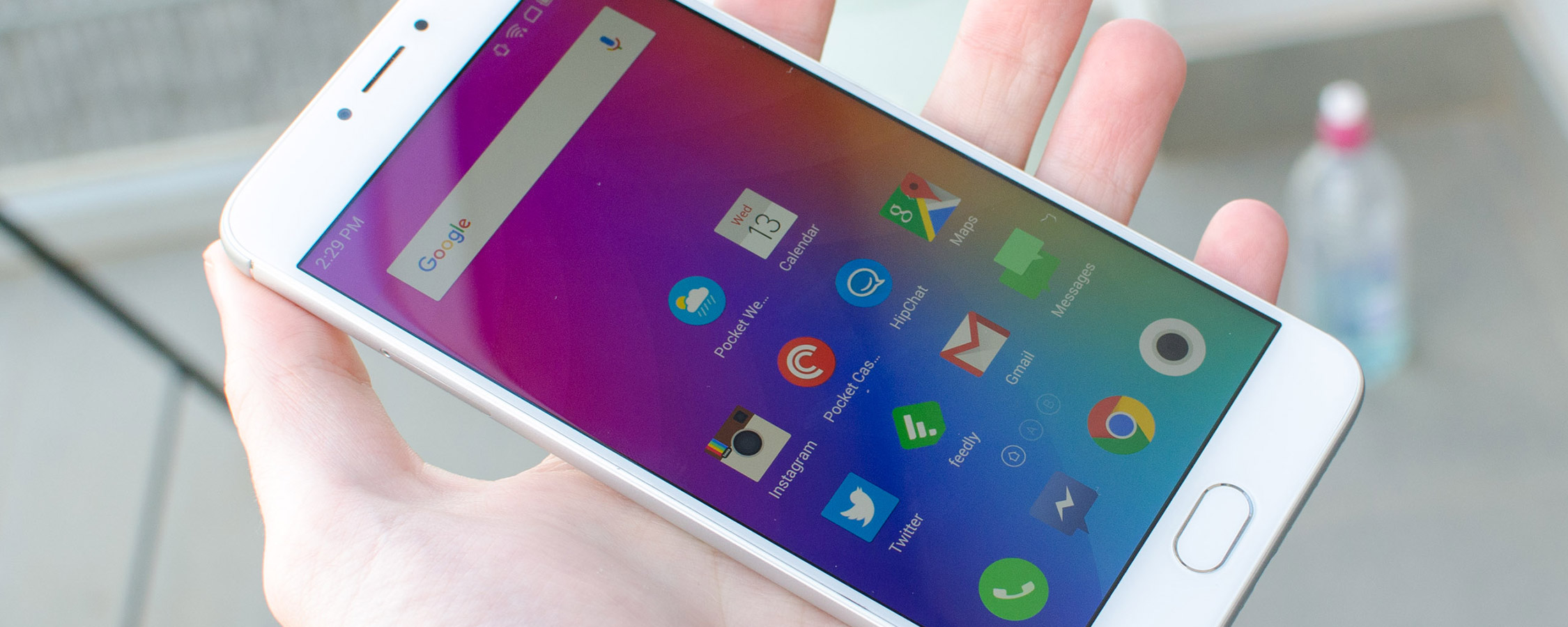Display
The Meizu m3 Note is equipped with a 5.5-inch LTPS IPS LCD with a resolution of 1920 x 1080, which equates to a pixel density of 403 PPI. I'm glad to see higher resolution displays start to filter down to budget devices, especially 1080p displays which I believe do have some clear advantages over 720p in sharpness and clarity.
In the m3 Note's spec sheet, Meizu makes some pretty specific claims about this display, which I'm happy to validate here as part of my testing. The claimed contrast ratio of 1000:1 is absolutely spot on, which is average for a budget LCD and delivers a reasonable viewing experience, although don't expect deep blacks.
Meizu also claims a brightness level of 450 nits, and in my testing I saw around 430 nits, which is reasonably close to their claimed value. The m3 Note is viewable outdoors despite not breaking any brightness records, and that's partially thanks to good viewing angles and low reflectivity. However, it is disappointing that the m3 Note can't match the Moto G 2015 here, which reached over 500 nits at peak.
Color performance from the m3 Note's display is surprisingly good for a budget device. Again, it can't match the excellent performance of the Moto G 2015 here, but in most aspects the m3 Note delivers better than expected accuracy while keeping a decent level of saturation to make images and apps 'pop'. In most respects, default accuracy is close to many high-end devices like the HTC 10.






That's not to say the m3 Note's display is perfect. The red and yellow performance of the display is great, however blues and greens suffer from inaccuracy and, at times, undersaturation. This can make some images look a little 'off' or 'disappointing' at times, although it's not a big deal. On the flip side, I was very happy with skin tone reproduction, which is more accurate than I see in most smartphones.
The m3 Note does come with a color temperature slider, but it does absolutely nothing to change the actual color balance of the display. Shifting it to the 'warm' end appears to just oversaturate yellows; the color temperature of whites stays the same. No position on the slider actually improves the accuracy of the display, and from a visual standpoint, it seems that adjusting the 'color temperature' makes things look worse.
Just on the touchscreen, unlike the Umi Touch I reviewed recently, I had no issues with the responsiveness of this device.

